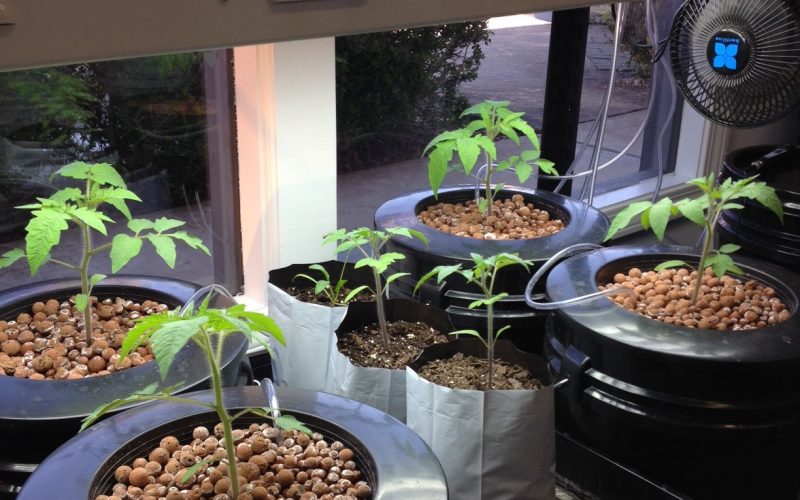
Courtesy Photo
Hydro & Brew in Bella Vista specailize in hydroponics, which uses many different gardening systems designed to grow plants in a nutrient-rich water solution without soil.
Are you hooked on “ponics”? Have you heard about aquaponic or hydroponic techniques and want to try them? Just in case you haven’t spent hours researching it, here’s a rundown of facts about hydroponics before you invest lots of time and money in a garden, only to find that you’d rather be crafting cute animals out of pipe cleaners.
Hydroponics includes many different gardening systems designed to grow plants in a nutrient-rich water solution without soil. (Aquaponics includes many types of systems designed for both plant and fish growth, in case you were wondering.) The earliest publication talking about hydroponics dates back to 1627, so this is not a new fad but a viable method of food production.
Both indoor and outdoor hydroponic systems can work well. Pests and diseases are easier to control, most systems are efficient, it’s possible to achieve larger and consistently stable harvests, and compared to soil gardening it uses less water. Jason Worley of Hydro & Brew in Bella Vista claims that his outdoor soil-based, raised-bed garden needed ten to fifteen gallons of water weekly, while his indoor hydroponics system only needs three gallons once a week. And the yield, he says, can go on until you decide to kill the plant and replace it with something else. “The plant survives as long as you feed it – it constantly grows!” he said to a large audience at Hobbs State Park on Sunday, Jan. 11.
Hydroponic systems don’t require, but typically need an inert substrate. Substrates are objects like gravel, sand, rice hulls, perlite, coco coir, rockwool, or lightweight expanded clay aggregate (LECA) which have no nutritional value, retain moisture, and are pH stable. Worley explained that it’s important to have a base of macronutrients such as nitrogen and phosphorous (to name two) supplemented with micronutrients like boron, zinc, and copper, for example. As for lighting? Worley recommends high intensity discharge (HID) lighting because it’s better than CFLs, although LED lights are slowly improving. There are five common methods for growing plants in solutions, including Nutrient Film, Aeroponics, Ebb & Flow or Flood & Drain, Deep Water Culture, and Top Feed Water Culture. Carefully research each of your options to make sure it’ll be able to meet your goals and is appropriate for your location.
To be successful with hydroponics, you’ll need a strong plan that includes sources for water, nutrients, containers, electricity, generators, lights, pumps, and of course investment money. It takes a long time before an investment in hydroponics will give you a bountiful return of produce, so you have to be willing to stick with it.
Yet the rewards can be astronomical. Even NASA has been using hydroponics to grow vegetables on the International Space Station, an effort which could not only sustain astronauts, but save humanity if we need to live in space someday. But let’s hope that sustainable practices take root and there will be many more gardens on Earth for a long time to come!
Ripples is an emerging online educational center inspired by a holistic approach to making a difference. Follow our journey to live sustainably and make ripples with our lifestyle at: www.RipplesBlog.org.










